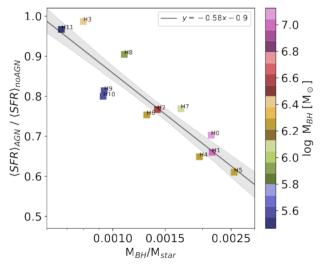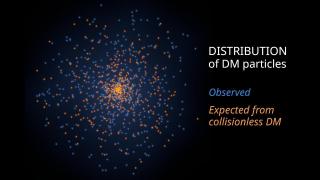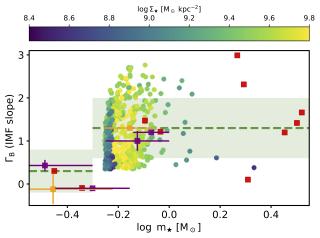The quiet Sun (the 99%, or more, of the solar surface not covered by sunspots or active regions) is receiving increased attention in recent years; its role on the global magnetism and its complexity are being increasingly recognised. A picture of a rather stochastic quiet Sun magnetism is emerging . From these recent works, the quiet Sun magnetism is presented as a myriad of magnetic field vectors having an isotropical distribution with a cascade of scales down to the mean free path of the photon (1 marcsec, or 10km on the solar surface). But this chaotic representation also shows clear signs of intermittency: at a low frequency rate (0.022 events h-1 arcsec-2) the magnetic field appear in the quiet Sun forming well-organised loop structures at granular scales. Right figure shows an example of such small-scale loop (1 arcsec, or 1000 km on the solar surface). We cas see as it is formed by a myriad of nested field lines forming a spartial (and temporal) coherent structure. More interesting, these loops rise to higher layers (see left figure) and their energy input into the chromosphere can be important for the heating of this layer.
Advertised on
References
(2010)The Astrophysical Journal Letters, Volume 714, Issue 2, pp. L94-97
It may interest you
-
 Recent observational studies suggest that feedback from active galactic nuclei (AGNs)—the energetic centres powered by supermassive black holes—may play an important role in the formation and evolution of dwarf galaxies, contrary to the standard thought. We investigated this using two sets of 12 cosmological magnetohydrodynamic simulations of the formation of dwarf galaxies: one set using a version of the AURIGA galaxy formation physics model including AGN feedback and a parallel set with AGN feedback turned off. Our results reveal that AGNs can suppress the star formation (SF) of dwarfAdvertised on
Recent observational studies suggest that feedback from active galactic nuclei (AGNs)—the energetic centres powered by supermassive black holes—may play an important role in the formation and evolution of dwarf galaxies, contrary to the standard thought. We investigated this using two sets of 12 cosmological magnetohydrodynamic simulations of the formation of dwarf galaxies: one set using a version of the AURIGA galaxy formation physics model including AGN feedback and a parallel set with AGN feedback turned off. Our results reveal that AGNs can suppress the star formation (SF) of dwarfAdvertised on -
 The existence of dark matter is probably one of the fundamental mysteries of modern science and unraveling its nature has become one of the primary goals of modern Physics. Despite representing 85% of all matter in the Universe, we do not know what it is. In its simplest description, it is made up of particles that interact with each other and with ordinary matter only through gravity. However, this description does not correspond to any physical model. Finding out what dark matter is requires finding evidence of some kind of interaction of dark matter that goes beyond gravity. In our workAdvertised on
The existence of dark matter is probably one of the fundamental mysteries of modern science and unraveling its nature has become one of the primary goals of modern Physics. Despite representing 85% of all matter in the Universe, we do not know what it is. In its simplest description, it is made up of particles that interact with each other and with ordinary matter only through gravity. However, this description does not correspond to any physical model. Finding out what dark matter is requires finding evidence of some kind of interaction of dark matter that goes beyond gravity. In our workAdvertised on -
 The universality of the stellar initial mass function (IMF) is one of the most widespread assumptions in modern Astronomy and yet, it might be flawed. While observations in the Milky Way generally support an IMF that is invariant with respect to the local conditions under which stars form, measurements of massive early-type galaxies systematically point towards a non-universal IMF. To bridge the gap between both sets of evidence, in this work we measured for the first time the low-mass end of the IMF from the integrated spectra of a Milky Way-like galaxy, NGC3351. We found that the slope ofAdvertised on
The universality of the stellar initial mass function (IMF) is one of the most widespread assumptions in modern Astronomy and yet, it might be flawed. While observations in the Milky Way generally support an IMF that is invariant with respect to the local conditions under which stars form, measurements of massive early-type galaxies systematically point towards a non-universal IMF. To bridge the gap between both sets of evidence, in this work we measured for the first time the low-mass end of the IMF from the integrated spectra of a Milky Way-like galaxy, NGC3351. We found that the slope ofAdvertised on